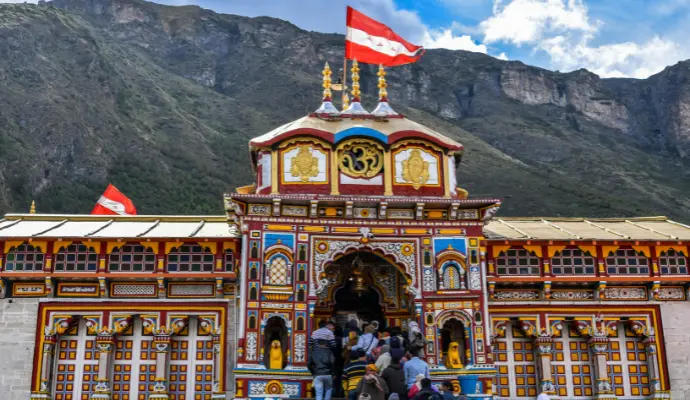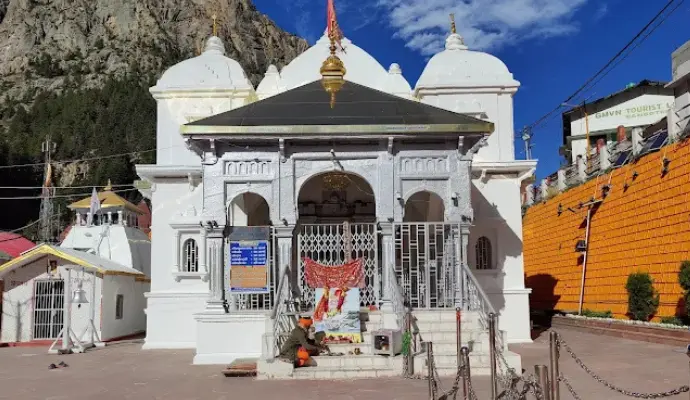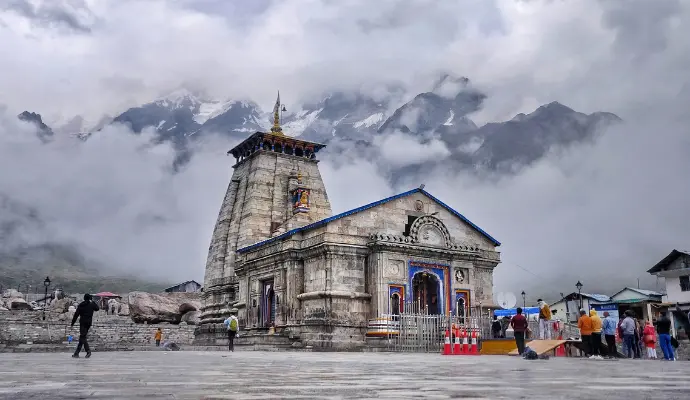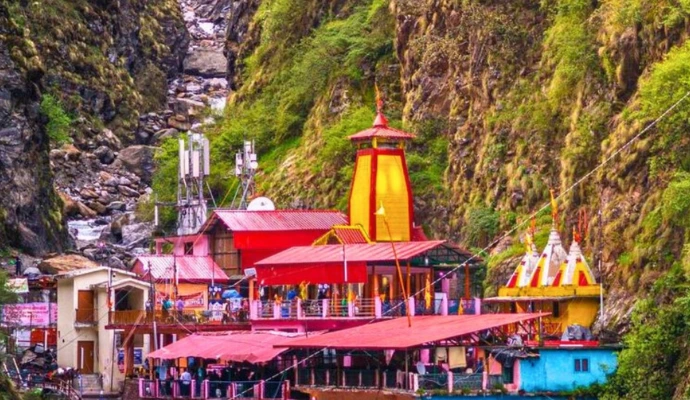Badrinath Temple

Situated in the serene Garhwal region of Uttarakhand, Badrinath Temple stands as a pivotal destination in the Char Dham Yatra. Dedicated to Lord Vishnu, it is believed that every Hindu should visit this sacred site at least once in their lifetime. Perched at an elevation of 10,279 feet above sea level, the temple offers breathtaking views of the surrounding landscapes. Located along the banks of the Alaknanda River, the temple houses a 3.3-foot-tall idol of Lord Vishnu, revered as one of the eight Swayam Vyakta Kshetras.
🗓️ Badrinath Temple Opening & Closing Dates (2025)
Opening Date: May 4, 2025, at 6:00 AM
Closing Date: Tentatively November 6, 2025
Chardham Yatra
The temple remains open for six months annually, from late April to early November, due to harsh winter conditions. During the closed months, the deity is worshipped at the Narsimha Temple in Joshimath.
🕉️ Historical Significance
Badrinath Temple's origins trace back to the 9th century when Adi Shankaracharya transformed a Buddhist shrine into a Hindu pilgrimage site. Legend has it that he discovered the idol of Lord Vishnu in the Alaknanda River and enshrined it in a cave. With the support of King Kanak Pal of the Parmar dynasty, Shankaracharya established the temple, which was later expanded by successive rulers. In the 16th century, the Garhwal king relocated the idol to its present location. After an earthquake in 1803, the temple underwent reconstruction under the Jaipur king's patronage.
🌿 Legends of Badrinath
According to Hindu mythology, Lord Vishnu meditated in this region, enduring severe cold. To protect him, Goddess Lakshmi took the form of a Badri (Jujube) tree, offering shade and warmth. Impressed by her devotion, Vishnu named the place Badri Ashram. Additionally, the temple is associated with the Pandavas' ascent to heaven through Mana village, the last inhabited village before the Indo-Tibetan border.
👳♂️ The Rawal of Badrinath
The chief priest, known as the Rawal, belongs to the Namboodhari Brahmin clan from Kerala, a tradition established by Adi Shankaracharya. The Rawal performs daily rituals and oversees temple activities. In 2025, B Shankaran Namboodhari serves as the Nayab Rawal, succeeding Keshav Namboodhari.
🕉️ Daily Rituals & Pooja Timings
| Time Slot | Ritual | Cost (INR) |
|---|---|---|
| 4:30 AM – 6:30 AM | Maha Abhishek | 4,300 |
| 6:30 AM – 12:00 PM | Geeta Path | 2,500 |
| 3:00 PM | Ved Path | 2,100 |
| 7:00 PM – 8:30 PM | Swarna Aarti | 376 |
| 9:00 PM | Shayan Aarti | 3,100 |
Note: Additional special poojas like Shrimad Bhagwat Saptah Path and Kapoor Aarti are also available.
🎉 Festivals at Badrinath
- Mata Murti Ka Mela (September): Celebrates the arrival of the Ganga River on Earth.
- Namaste India Trip
- Badri-Kedar Utsav (June): An 8-day cultural festival with performances by artists from across India.
- Closing Ceremony (October-November): On Bhaiya Dooj, the temple doors are closed, and the deity is moved to Joshimath.
🧳 How to Reach Badrinath
- By Air: The nearest airport is Jolly Grant Airport in Dehradun, approximately 146 km away.
- By Train: The closest railway stations are Kotdwar (146 km) and Ramnagar (154 km).
- By Road: Buses and taxis are available from major cities like Haridwar, Rishikesh, and Dehradun to Badrinath.
🏞️ Best Time to Visit
The ideal months to visit Badrinath are from May to June and September to October, as the weather is relatively mild and conducive for travel. During these periods, temperatures range between 7°C and 18°C, making the journey comfortable.
Atlas Travel
Embark on a spiritual journey to Badrinath Temple to experience its divine aura and rich heritage. For more information or to book your pilgrimage, visit https://badrinath-kedarnath.gov.in/.



